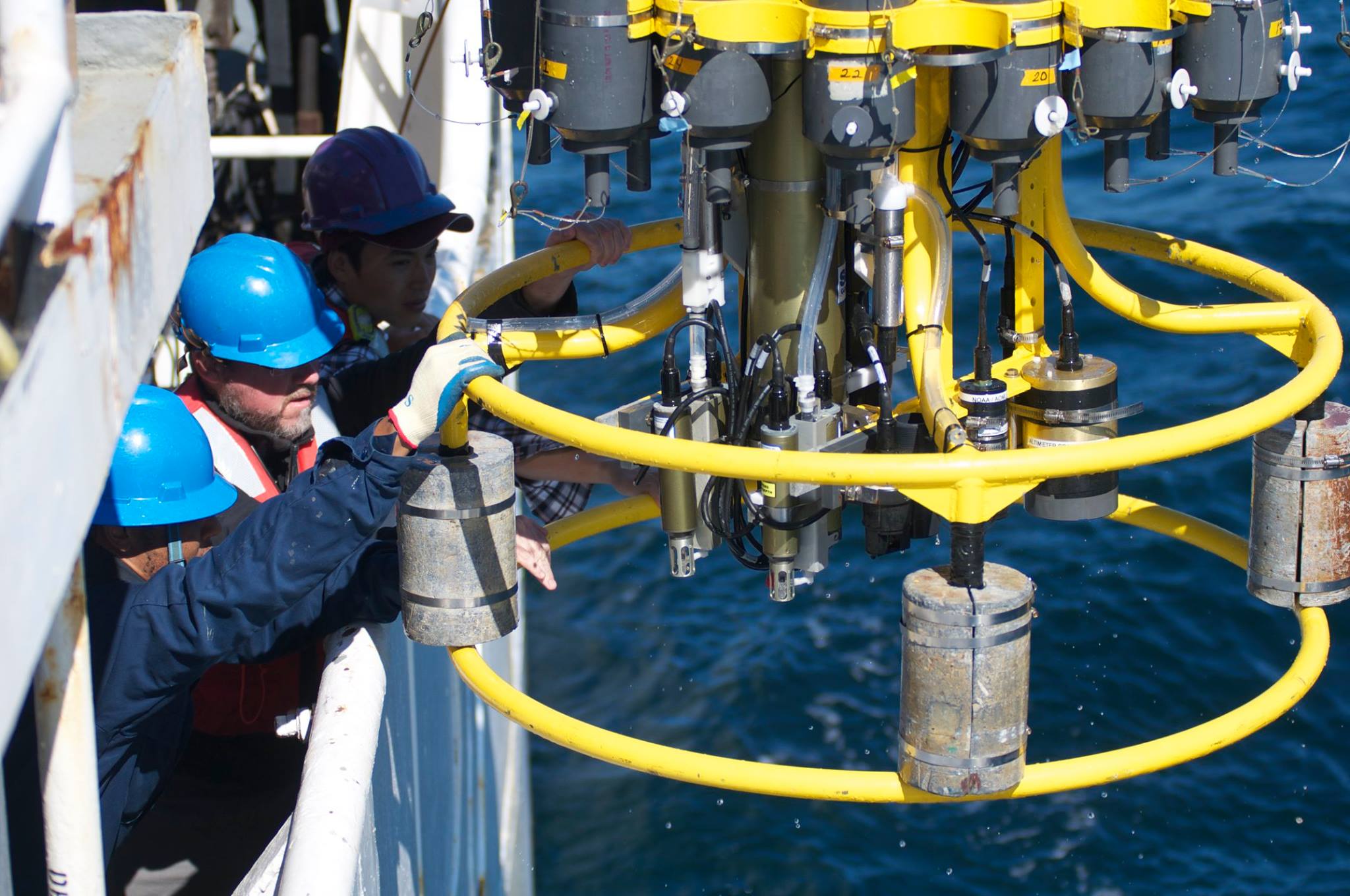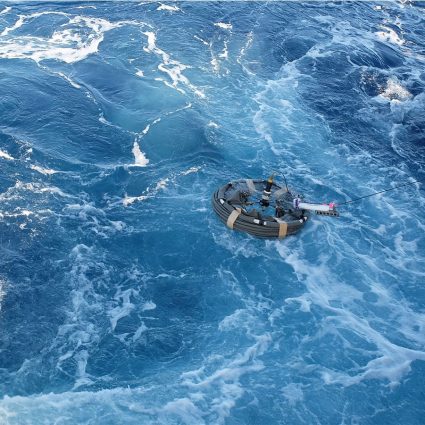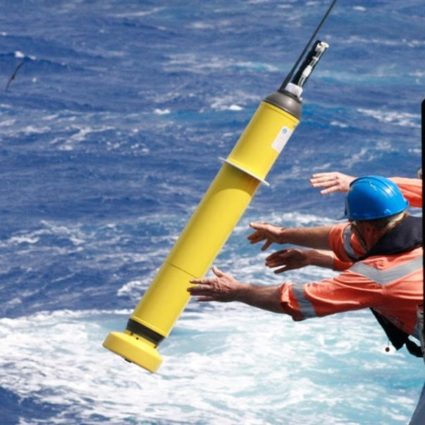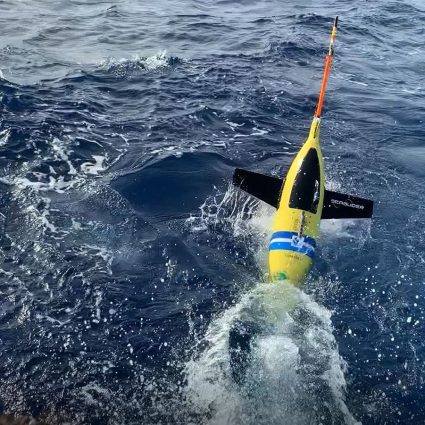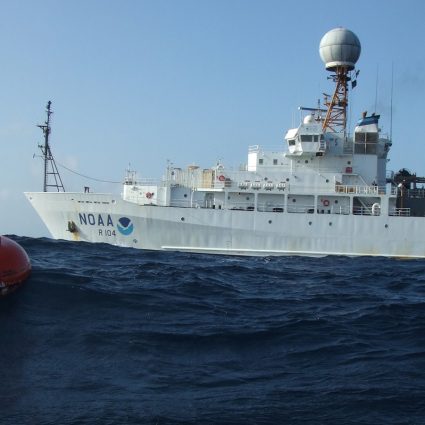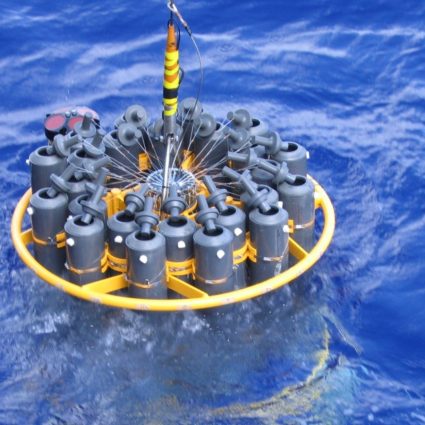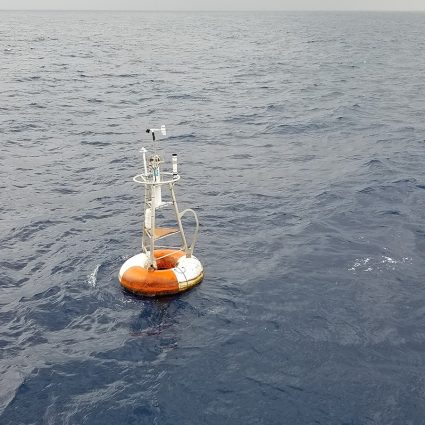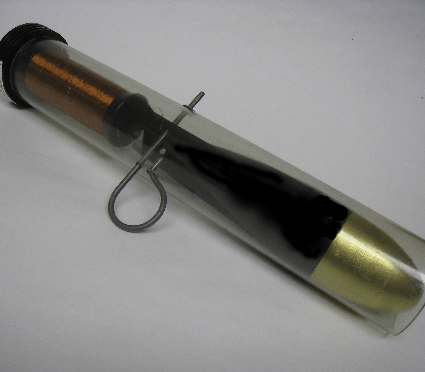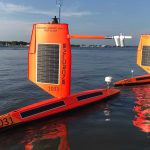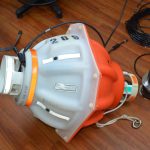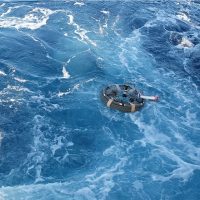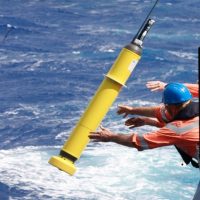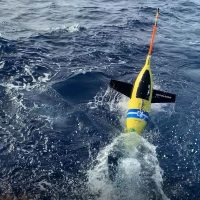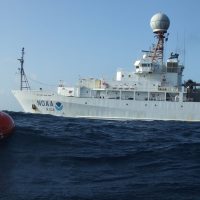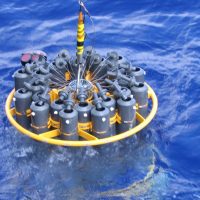Temas de investigación
Proyectos destacados
Más proyectos de investigación PHOD
Proyectos destacados
Publicaciones destacadas

Hong, J. S., Kim, D., Lopez, H., Lee, S. K., Mercer, A., & Johnson, N. C. (2025). Projected increase in ENSO-induced US winter extreme hydroclimate events in SPEAR large ensemble simulation. npj Climate and Atmospheric Science, 8(1), 84.
Gramer, L.J., J. Steffen, M. Aristizabal, and H.-Y. Kim, 2024: The impact of coupling a dynamic ocean in the Hurricane Analysis and Forecast System. Frontiers in Earth Science, 12;1418016.
Tuchen, F.P., R.C. Perez, G.R. Foltz, M.J. McPhaden, and R. Lumpkin, 2024: Strengthening of the equatorial Pacific upper-ocean circulation over the past three decades. Journal of Geophysical Research-Oceans, 129(11):e2024JC021343.
Volkov, D., R.H. Smith, R.F. Garcia, D. Smeed, B. Moat, W. Johns, and M.O. Baringer, 2024: Florida Current transport observations reveal four decades of steady state. Nature Communications, 15:7780.
Noticias recientes
Noticias recientes
Noticias recientes
NOAA SciJinks Web Game
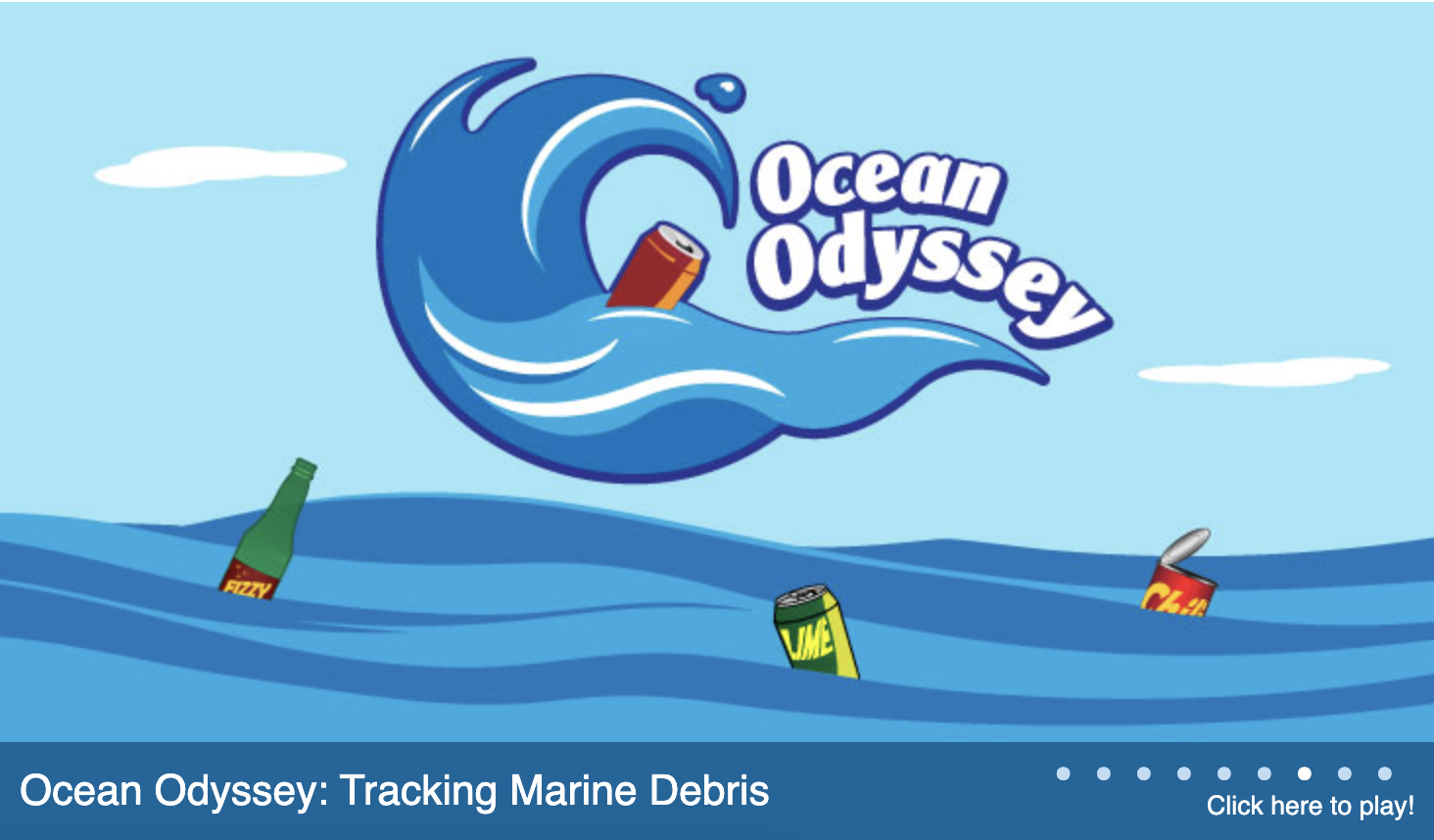
NOAA’s Adopt a Drifter Program’s (ADP) first summer intern designed and developed Ocean Odyssey: Tracking Marine Debris, a NOAA SciJinks web game suitable for K-12 audiences.
Ocean Odyssey incorporates historic drifter data and helps middle school audiences understand how ocean surface currents transport marine debris and how users can help keep our oceans clean. The new SciJinks game is the latest addition to the ADP’s growing list of resources for educators! Teachers can now introduce the topic of ocean surface currents and marine debris in an informative and fun manner.
Datos de oceanografía física
Se puede acceder a los datos de las boyas, los satélites y los instrumentos del fondo marino en nuestra página de datos o haciendo clic en los enlaces de abajo.
Datos Argo: Conjunto mundial a gran escala de flotadores de perfilado de temperatura y salinidad.
Datos de satélite: Anomalía de la altura del mar, temperatura de la superficie del mar y de la columna de agua, y corrientes superficiales.
Datos globales de deriva: Corrientes superficiales globales, climatología derivada de derivas y animaciones de corrientes estacionales.
Datos sobre el Estado del Sistema de Observación: El Estado del Sistema de Observación de los Océanos es nuestra evaluación de lo bien que se están midiendo las variables oceánicas y climáticas esenciales.
Datos XBT: Temperatura, estructura y propiedades oceánicas dependientes del tiempo del Giro Subtropical Atlántico.
Series temporales de transporte de corrientes en Florida: Los cables sumergidos proporcionan un diferencial de tensión para medir el transporte diario
Contacte con
| Renellys Perez, Ph. D.
Director Adjunto de la División de Oceanografía Física
